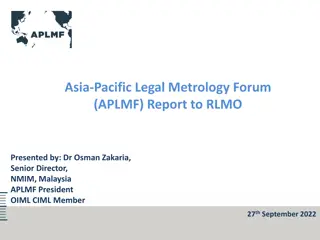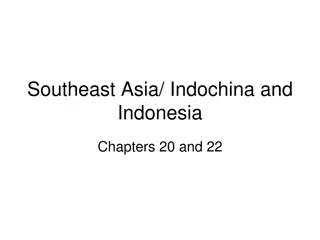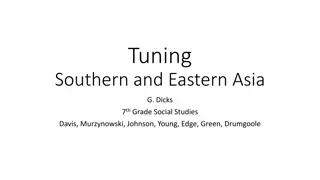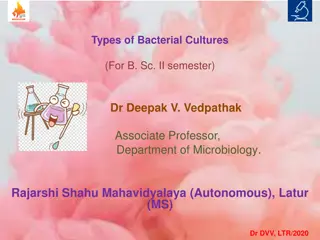Southern and Eastern Asia's Diverse Cultures
Delve into the rich cultures of Southern and Eastern Asia, uncovering the differences between ethnic and religious groups. Compare and contrast prominent religions including Buddhism, Hinduism, Islam, Shintoism, and Confucianism. Engage in interactive activities to understand the significance of culture, customs, art, traditions, and belief systems in this region.
Download Presentation

Please find below an Image/Link to download the presentation.
The content on the website is provided AS IS for your information and personal use only. It may not be sold, licensed, or shared on other websites without obtaining consent from the author.If you encounter any issues during the download, it is possible that the publisher has removed the file from their server.
You are allowed to download the files provided on this website for personal or commercial use, subject to the condition that they are used lawfully. All files are the property of their respective owners.
The content on the website is provided AS IS for your information and personal use only. It may not be sold, licensed, or shared on other websites without obtaining consent from the author.
E N D
Presentation Transcript
SOUTHERN & EASTERN ASIA S DIVERSE CULTURES
ESSENTIAL QUESTION: HOWARE SOUTHERNAND EASTERN ASIA SDIVERSE CULTURESSIMILARAND DIFFERENT?
SS7G12 The student will analyze the diverse cultures of the people who live in Southern and Eastern Asia a. Explain the differences between an ethnic group and a religious group. b. Compare and contrast the prominent religions in Southern and Eastern Asia: Buddhism, Hinduism, Islam, Shintoism and the philosophy of Confucianism.
WHAT IS CULTURE? Placemat Brainstorm Activity [See Curriculum Map]
Culture Customs Art Religion Traditions Music Artifacts Technology Beliefs Laws Ways of living Language Social habits Food Inventions
Today we will begin the study of culture in Southern & Eastern Asia, more specifically, the religions of Southern & Eastern Asia. HOWEVER, WE MUST FIRST REVIEW AN IMPORTANT DISTINCTION OF CULTURE: RELIGIOUS AND ETHNIC GROUPS
RELIGIOUS & ETHNIC GROUPS SORTING ACTIVITY [See Curriculum Map]
Culture: Religious & Ethnic Groups Ethnic Groups Religious Groups Buddhists Hindus Muslims Most likely to have different cultures Share a common belief system Muslim Man Jewish Boy Christian Woman Tagalog (Philippines) Javanese (Indonesia) Chams (Vietnam) Most likely to share common ancestors Cham boy from Vietnam Hispanic Woman Han girl from China
Use your Religions of Southern & Eastern Asia Graphic Organizer to summarize information
Buddhism A religious belief system based on the spiritual teachings of Buddha. Centering on the idea of reincarnation (rebirth), it teaches that people can find true enlightenment (clarification) by ending desire, which is the cause of suffering. It originated in India and spread throughout Southern & Eastern Asia. Eastern Philosophy: The Buddha [5:43] The Fourteen Teachings of Buddha [3:59] Buddha s Thoughts [2:45]
Confucianism The philosophical teachings of Confucius centered on ethical living. It is a philosophy of behavior People who practice Confucianism are unlikely to engage in acts of worship (e.g., pray, visit a holy place). Instead, they will use the teachings of Confucius to guide their conduct. Confucius Quotes [see curriculum map]
THINK, PAIR, SHARE Identify one similarity and one difference between Buddhism and Confucianism.
Hinduism The primary religion of India Based on the idea of reincarnation (rebirth) It teaches that people can dictate how they are reborn by how they live at present There is a belief in more than one god A Short Introduction to Hinduism [stop after 5:43]
Islam A collection of religious beliefs based on the teachings of Muhammad It is monotheistic and recognizes various biblical figures, Moses and Jesus, as prophets (Messenger of God) It is considered an Abrahamic religion, which means it can trace its roots back to Abraham in the Bible
THINK, PAIR, SHARE Identify one similarity and one difference between Hinduism and Islam.
Shintoism The largest religion in Japan Believers worship gods in the form of Earth s natural resources (animistic religion where followers worship spirits in nature) Believe that the emperor is a human descendant of the sun goddess Believers in Shinto might visit a shrine to pray or worship the spirits who reside there
Shintoism Shintoism is almost exclusively associated with Japan. Most Japanese people practice Shinto rituals, and most people who practice Shinto rituals are Japanese. Observing Shintoism is part of nationalism in Japan. In addition to honoring Shinto obligations, many Japanese also follow other teachings, such as those of Buddhism or Confucianism. The Gods of Shinto [2:00]























